

In Coming South: Australia’s days of sail, David Day states that the average voyage to Australia during the 1790s took 180 days. It took just 125 days by the 1820s and 106 days by the 1840s. Ships had followed the same route since the time of the early Dutch explorers, viz: roughly the forty degree line of latitude across the Indian Ocean from the Cape of Good Hope to Australia.
In the 1850’s fast, American-built sailing "clippers" began racing through the mist-shrouded southern ocean following the new Great Circle route to the now gold-rich colonies. In doing so, they reduced the duration of the voyage by many weeks and introduced new standards of passenger comfort. They were as dramatic an innovation in their day as were jumbo jets a century later... The Great Circle route exploited the earth’s round shape, rather than following the line of latitude as if the earth was flat. [This route] from Britain to Australia allowed sailing ships to take advantage of favourable ocean currents and stronger winds that cut weeks from a normal voyage. The disadvantage for passengers was that the route took ships into bitterly cold and stormy Antarctic waters which increased the discomfort of the voyage, as well as exposing them to additional dangers [See note at bottom of page]. A few ships combining sail and steam began arriving in the 1850s, but the clipper ships were often faster and more reliable. The clippers could also take advantage of the Great Circle Route that was denied the steam ships because of their need for coaling stops. As a result, most passengers from Britain to Australia still went by sail as late as the 1880s.
A technical point from "Immigrant Ships" compiled by Louis S. Alfano : "to a sailor, a ship and a bark are quite different vessels, and are distinguished by their rigging: in the mid-19th century a ship was a vessel with (at least) three masts, all of them square-rigged; a bark (or barque) was a vessel also with three masts, the "front" two (the foremast and mainmast) square rigged, the back mast (mizzenmist) rigged fore-and-aft. For a pictorial representation of these different rigs, see the webpage "Rigging of American Sailing Vessels" produced by the Peabody Essex Museum, in Salem, MA [courtesy of Michael Palmer]."
Note : Reference to these conditions is made in "Fast Clippers to Australia - The Passage Makers" by John Snelson, first published by the Australian Institute of Genealogical Studies in "The Genealogist", Dec 1993. "Down in these deep latitudes the waves were often 40 feet high, the snow could be six inches deep on deck, and the sails and rigging stiff with ice - terrific conditions for flying through fields of icebergs, some of them five miles in circumference and hundreds of feet high - at speeds close to 20 knots."


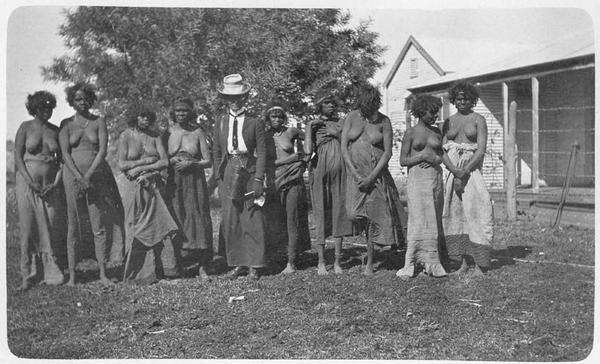






+copy.jpg)










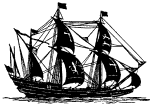





















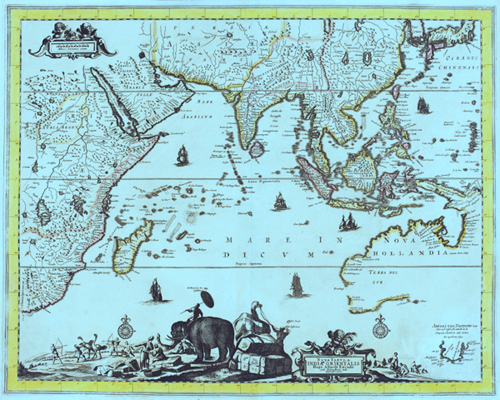





















.jpg)


























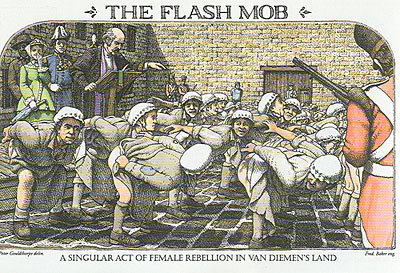
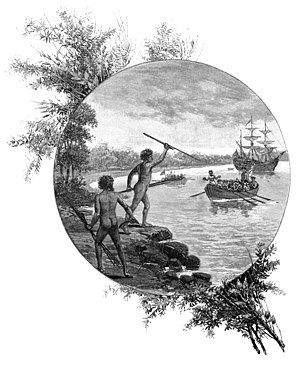 G
G







.jpg)
















No comments:
Post a Comment